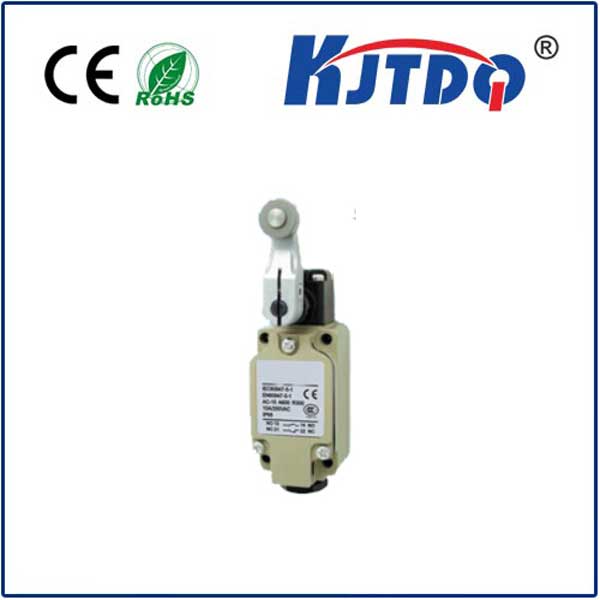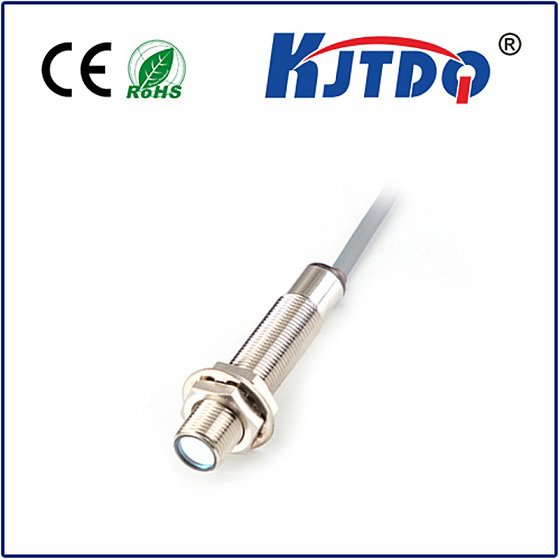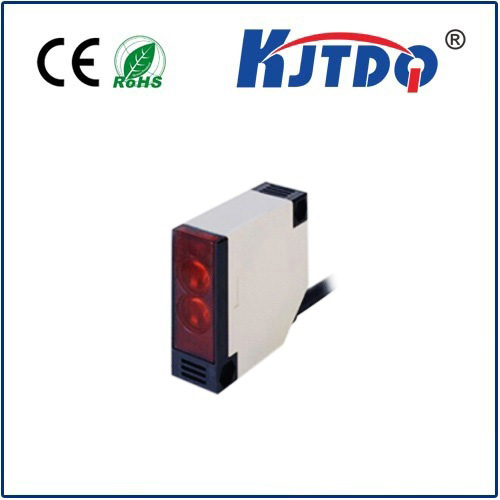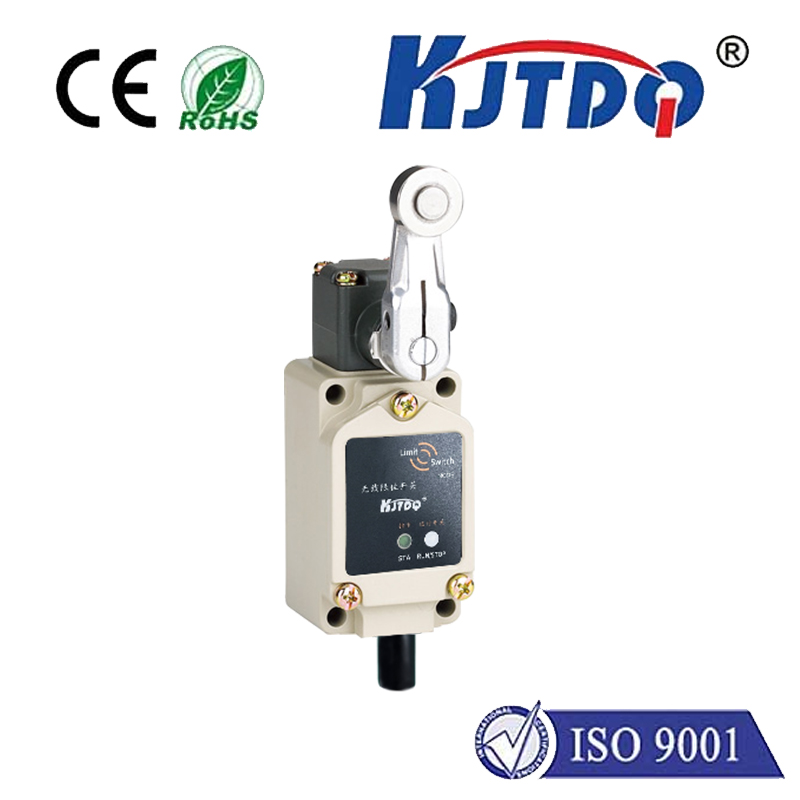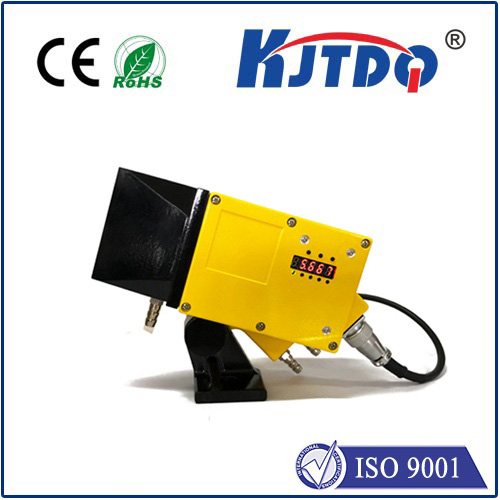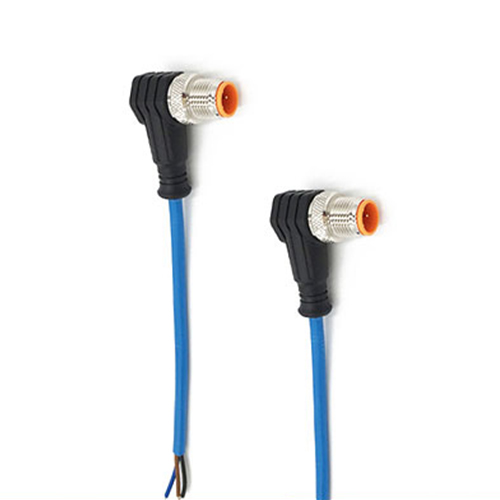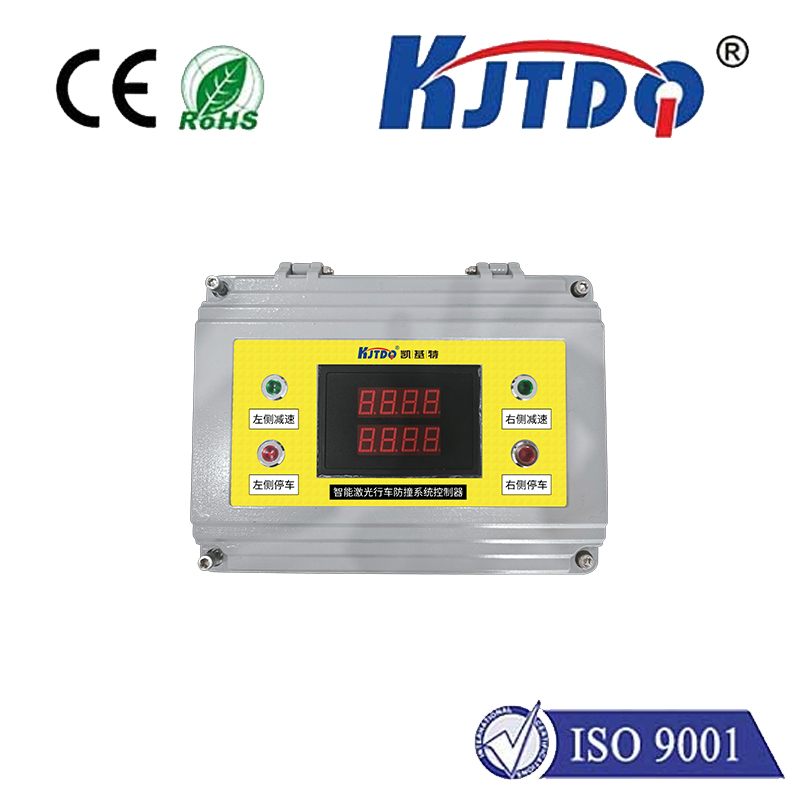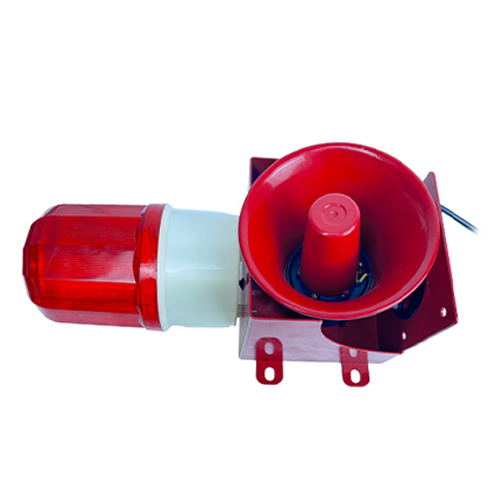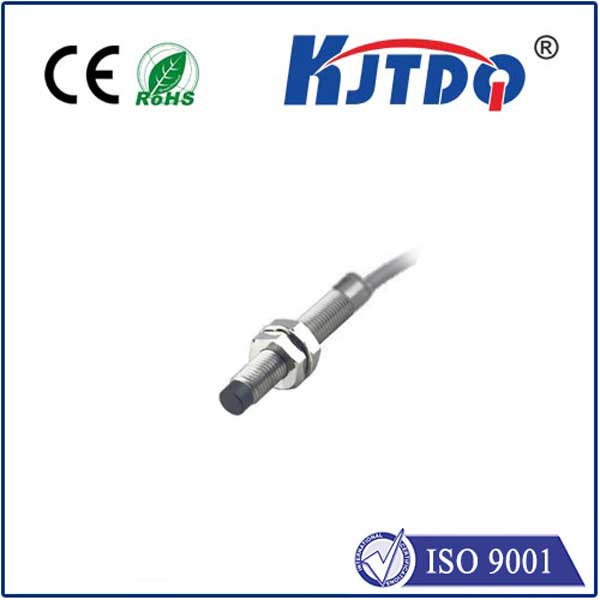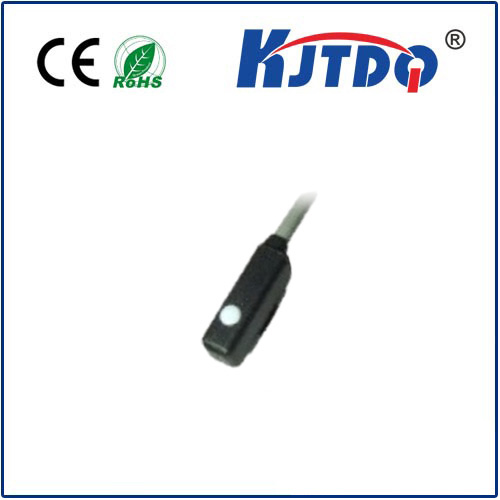optical sensors
- time:2025-09-11 05:16:44
- Click:0
Optical Sensors: Illuminating the Invisible in a Connected World
Imagine technology that can see pressure, detect invisible gases, measure microscopic distances, or analyze the chemical composition of food in seconds. This isn’t science fiction; it’s the everyday reality powered by optical sensors. Serving as the sophisticated eyes of countless devices and systems, these remarkable components convert light – from visible beams to infrared and ultraviolet – into precise, actionable electrical signals, fundamentally shaping how we interact with and understand our environment.
Fundamentally, optical sensors utilize the interaction between light and matter. When photons strike a sensor’s sensitive area, they trigger various phenomena depending on the sensor type. Common principles include:

- Photoelectric Effect: Light knocks electrons loose within materials like silicon (used in photodiodes and phototransistors), generating a current proportional to the light intensity. This forms the basis for countless light detection applications.
- Photoconductivity: Incident light increases the electrical conductivity of certain materials (like Cadmium Sulfide in older light-dependent resistors - LDRs).
- Thermal Effects: Light absorption causes heating, changing properties like electrical resistance (in thermopiles or pyroelectric sensors used for non-contact temperature or motion sensing).
- Charge Coupling: Used in Charge-Coupled Devices (CCDs) and Complementary Metal-Oxide-Semiconductor (CMOS) sensors, light generates electron charges in pixels, which are then shifted and read out electronically to form detailed digital images.
This versatility translates into an astonishing variety of optical sensor types, each tailored for specific roles:
- Photodiodes & Phototransistors: The workhorses for basic light detection and measurement. Found in everything from light meters and smoke detectors to fiber optic communication receivers and automatic lighting controls. Their response time is typically very fast.
- Light-Dependent Resistors (LDRs / Photoresistors): Simple, cost-effective sensors whose resistance decreases as light intensity increases. Primarily used in basic light-sensing applications like streetlights turning on at dusk or camera light meters.
- Image Sensors (CCD & CMOS): The digital retinas capturing visual information. CMOS sensors dominate modern digital cameras, smartphones, medical imaging devices (endoscopes, X-ray detectors), machine vision systems for inspection, and surveillance cameras due to lower power consumption and faster readout speeds.
- Position & Proximity Sensors: Utilize techniques like triangulation (laser sensors), reflection time-of-flight (ToF sensors), or beam interruption (optical encoders) to detect object presence, distance, or precise angular/linear position. Vital in robotics, assembly lines, automotive parking aids, and consumer electronics (screen dimming).
- Optical Fiber Sensors: Exploit light traveling through optical fibers. Changes in light intensity, phase, wavelength, or polarization caused by external factors (strain, temperature, pressure, chemical concentration) are detected. These sensors excel in harsh environments (high voltage, corrosive, explosive) and distributed sensing over long distances, used in structural health monitoring (bridges, pipelines), oil & gas, and medical devices.
- Spectroscopic Sensors: Analyze the unique spectral fingerprint of light after it interacts with a sample. Used extensively for chemical analysis, identifying materials, monitoring air/water quality (gas sensors), ensuring food safety, and in biomedical diagnostics. Techniques include absorption, fluorescence, and Raman spectroscopy.
- Infrared (IR) Sensors: Detect heat signatures (thermal radiation) or specific IR wavelengths. Applications range from passive infrared (PIR) motion detectors and night vision systems to non-contact thermometers (pyrometers), gas analysis, and flame detection. Thermal imaging cameras provide detailed heat maps.
- LiDAR Sensors (Light Detection and Ranging): Emit laser pulses and measure the time-of-flight for the reflected light to create high-resolution 3D maps of the surroundings. This technology is indispensable for autonomous vehicles, topographic surveying, forestry management, and archaeology.
The pervasive adoption of optical sensing technology stems from compelling advantages:
- Non-contact Measurement: Enables sensing without physical interaction, preventing damage to delicate objects or the sensor itself.
- High Precision & Resolution: Capable of detecting minute changes in position, distance, light intensity, or spectral composition.
- Fast Response Times: Many optical sensors, especially photodiodes and image sensors, operate at incredibly high speeds.
- Versatility: Function across diverse spectra (UV, Visible, IR) and measure numerous physical and chemical parameters.
- Immunity to Electromagnetic Interference (EMI): Unlike many electronic sensors, light signals are generally unaffected by EMI, making them reliable in noisy industrial settings.
- Compact Size & Integration: Continuous miniaturization allows complex optical sensors to be integrated into small devices like smartphones and wearables.
Consequently, optical sensors form the bedrock of modern innovation across sectors:
- Consumer Electronics: Auto-brightness displays, facial recognition, camera autofocus, heart rate monitors, augmented reality (AR) experiences.
- Automotive: LiDAR and cameras for ADAS and autonomous driving, rain sensors, occupancy detection, ambient light sensing for interior lighting.
- Industrial Automation & Manufacturing: Machine vision for quality control (inspecting surfaces, verifying assembly), precise robotic guidance, level sensing in tanks, barcode/QR code scanning, alignment systems.
- Healthcare & Life Sciences: Blood oxygen monitors (pulse oximeters), glucose monitoring research, DNA sequencers, lab-on-a-chip diagnostics, endoscopy, surgical navigation.
- Environmental Monitoring: Air quality sensors detecting pollutants, water quality analysis, weather stations measuring visibility/sunlight, greenhouse gas tracking.
- Security & Safety: Intruder detection (PIR sensors), smoke/fire detectors, perimeter monitoring, biometric security (fingerprint/retina scanners).
The relentless push for smarter, more connected systems (IoT) and advancements like hyperspectral imaging, improved quantum efficiency, and AI-driven sensor fusion (combining optical data with other sensor types) ensures the trajectory for optical sensors remains steeply upward. They are not merely components; they are fundamental enablers, continuously expanding our ability to perceive, quantify, and respond to the world in ways previously unimaginable. From the smartphone in your pocket to Mars rovers exploring alien landscapes, optical sensors transform light into insight.






